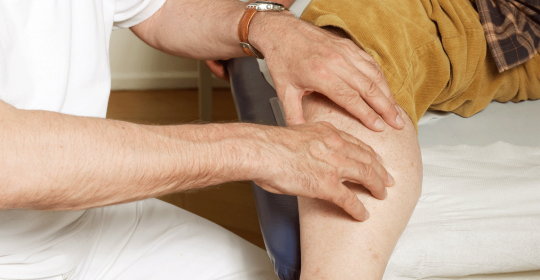
SSR (Sympathetic Skin Response)
The SSR measurement is typically performed using electrodes placed on the skin of the hand or foot, which are connected to a recording device. The patient is then exposed to a stimulus, such as a loud noise or a sudden movement, which causes an involuntary response from the sympathetic nervous system. This response is detected by the electrodes as a change in the electrical activity of the sweat glands, and is recorded as an SSR.
The SSR measurement is used in a variety of clinical settings, including neurology, psychiatry, and pain management. It is commonly used to evaluate autonomic function in patients with conditions such as Parkinson’s disease, multiple sclerosis, and spinal cord injuries. SSR measurements can also be used to evaluate the effects of medications on the sympathetic nervous system, such as antidepressants and antipsychotics.
In addition to clinical applications, SSR measurements are also used in research to study the sympathetic nervous system and its role in various physiological and psychological processes. For example, researchers have used SSR measurements to study the effects of stress on the sympathetic nervous system, as well as the role of the sympathetic nervous system in chronic pain conditions.
The SSR measurement has several advantages over other methods of assessing sympathetic nervous system activity, such as heart rate variability or blood pressure measurements. It is non-invasive, quick, and easy to perform, and does not require any special equipment. The SSR measurement is also highly sensitive to changes in sympathetic nervous system activity, which makes it a valuable tool for detecting subtle changes in autonomic function.
However, there are some limitations to the SSR measurement that should be considered. The SSR response can be affected by factors such as skin temperature, humidity, and electrode placement, which can lead to variability in results. Additionally, some medications, such as anticholinergics and beta blockers, can affect the SSR response and may need to be temporarily discontinued before the measurement is taken.
Overall, the SSR measurement is a valuable tool for assessing sympathetic nervous system activity in a variety of clinical and research settings. Its non-invasive nature and sensitivity to changes in autonomic function make it a valuable complement to other methods of evaluating sympathetic nervous system activity.

